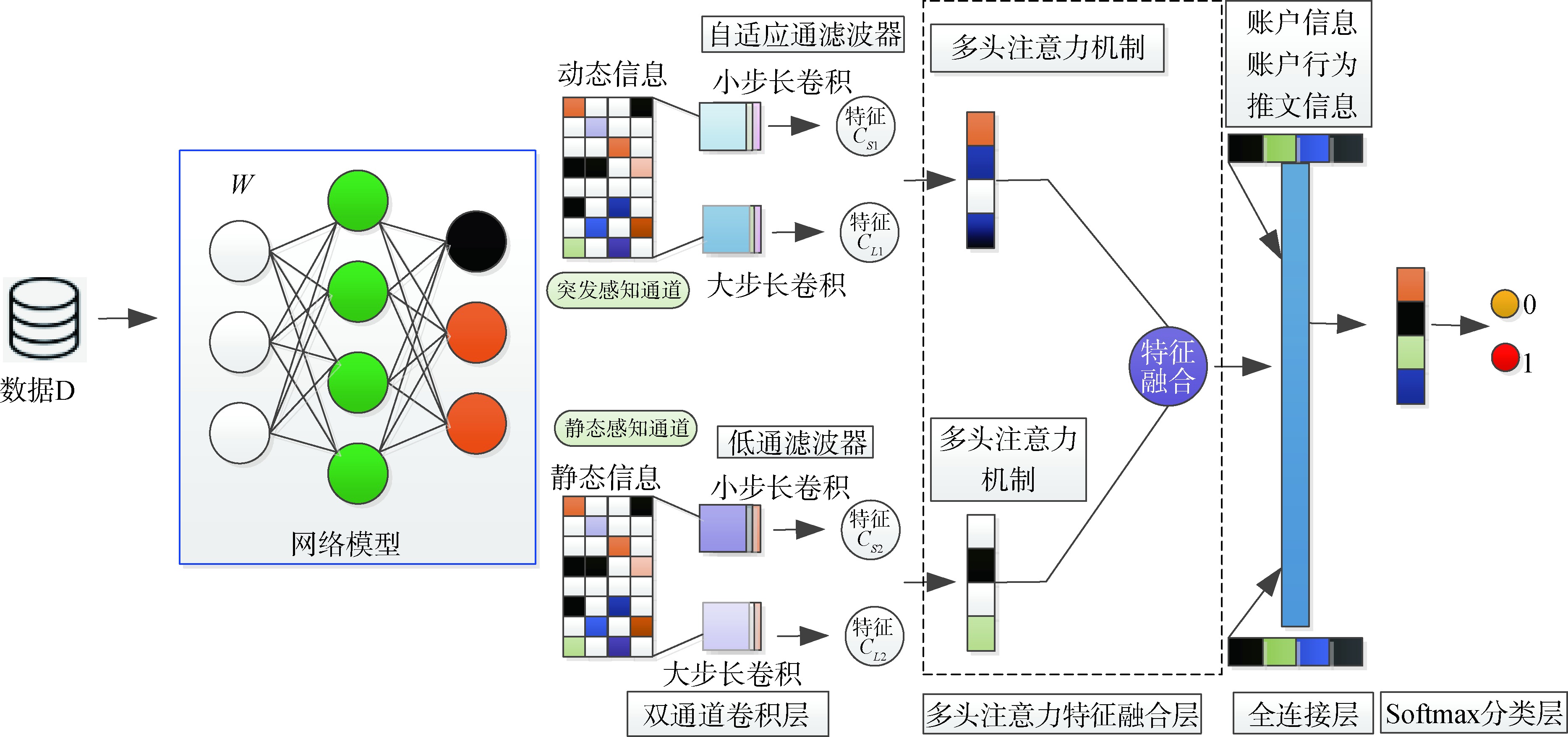Current Issue
Volume 9 Issue 11 25 November 2025
- 3.957影响影子(CNKI)
- 1.6CiteScore(Scopus)
Editor-in-Chief: Xiaolin Zhang
Directed by: Chiness Academy of Sciences
Sponsored by: National Science Library, Chinese Academy of Sciences
ISSN 2096-3467 CN 10-1478/G2
Directed by: Chiness Academy of Sciences
Sponsored by: National Science Library, Chinese Academy of Sciences
ISSN 2096-3467 CN 10-1478/G2






